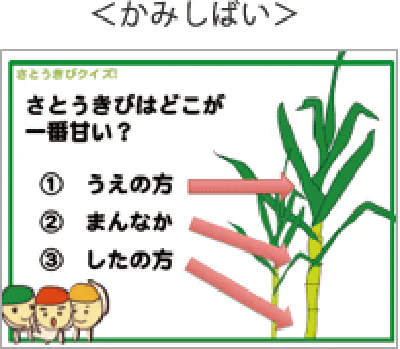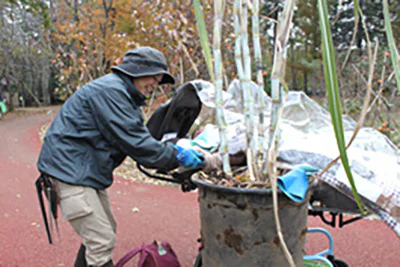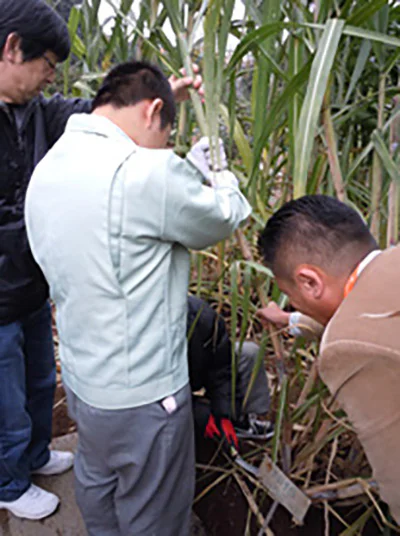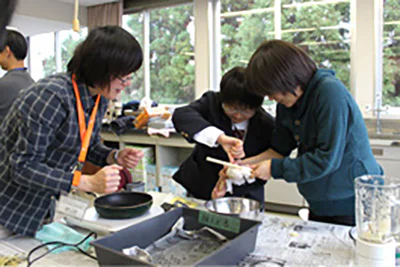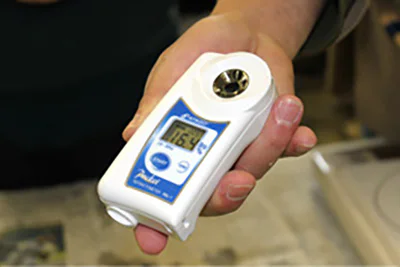Program Details of "Sugarcane: Winter Observation & Sugar Making"
Program Details of "Sugarcane: Winter Observation & Sugar Making"
Overview
| Date | November 19, 2012 |
| Location | Tsukuba Botanical Garden |
| Target group | Students in the Senior Department at Tsuchiura Special Needs Education School (31 students in total, including 2 wheelchair users) |
| Content | Students measured and observed the sugarcane, and then harvested it. Using the harvested sugarcane, students made sugar. |
Program Details of "Sugarcane: Winter Observation & Sugar Making"
| Time | Learning Content and Activities | Teaching Strategies and Considerations |
| 10:00 AM | Moved to the sugarcane planting area. | |
| 10:05 AM |
|
Used an A3-sized picture story in a quiz format to check understanding. |
| 10:10 AM | Observation and measurement of length and thickness (about 5 minutes). | Observation sheets and measuring stick (about 15 meters) were prepared. |
| 10:20 AM | Explanation of the harvesting method. |
|
| 10:40 AM |
|
Checked how much the sugarcane had grown.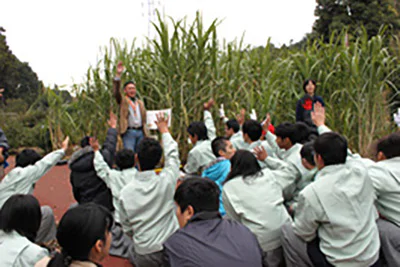 |
| 10:50 AM | Lunch | |
| 12:00 PM |
|
Prepared an A3-sized picture story. |
| 12:10 PM |
|
|
| 12:45 PM |
|
|
| 1:20 PM | Experience squeezing sugarcane using a simple press. | |
| 1:30 PM | Tasting experience. | Taste and compare sugar made from different varieties by class. |
| 1:40 PM | Wrap-up. | Check sugar content and review the year’s activities.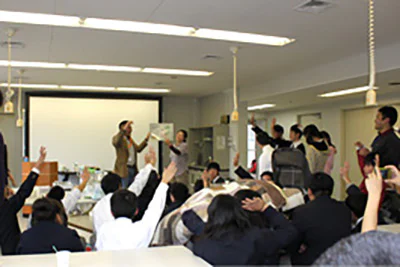 |
| 2:00 PM | Departure from the botanical garden. |
Results of the Post-Program Teacher Survey

About Today’s Sugarcane Lesson
Q1: Was this learning activity helpful?
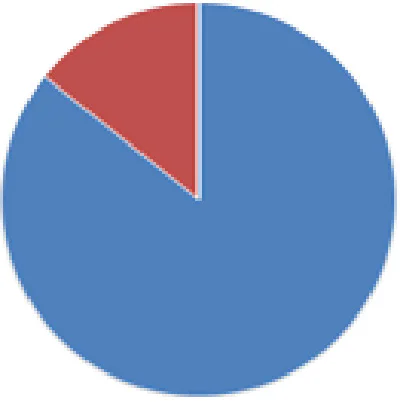
| Yes | 6 |
| Somewhat | 1 |
| Average | 0 |
| Not very much | 0 |
| No | 0 |
Q2: Did the students enjoy the activity?
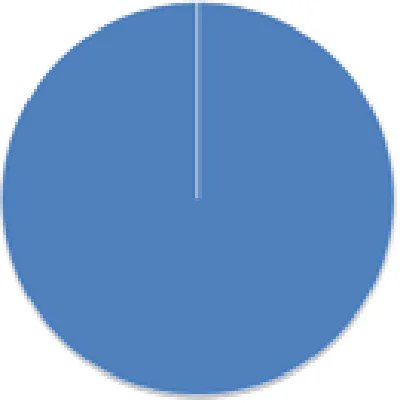
| Yes | 7 |
| Somewhat | 0 |
| Average | 0 |
| Not very much | 0 |
| No | 0 |
Q3: Did the students understand the activity?
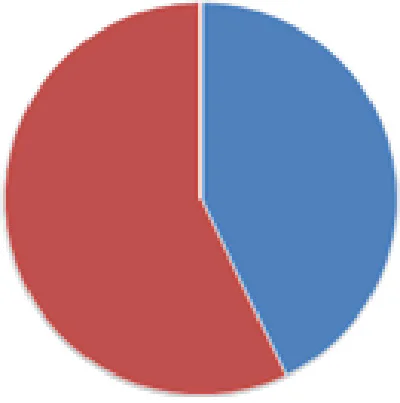
| Yes | 3 |
| Somewhat | 4 |
| Average | 0 |
| Not very much | 0 |
| No | 0 |
Feedback from Teachers
- It was great that students could experience making sugar from sugarcane.
- Students clearly understood what sugar is made from. Some students also understood that the taste of sugar varies depending on the sugarcane variety. It was valuable to go through the entire process of harvesting, extracting juice, boiling, and making sugar all in one session.
- Conducting both the harvest and sugar-making in one day was demanding in terms of preparation, but it made it much easier for students to understand that sugar comes from sugarcane.
- By marking the cuts in advance, students could be assigned roles according to their abilities, such as peeling, using a knife, or operating the blender, so everyone could participate.
- Students had a strong sense of ownership of the sugarcane they had grown, and many participated actively in the activities. Many students were interested in comparing sweetness, which made the learning experience enjoyable.
Please share your thoughts on this year’s sugarcane lessons, including learning outcomes, what went well, what didn’t, and any suggestions for improvement.
- Since the program focused on sugarcane throughout the year, students were able to approach the lessons with clear expectations and increased motivation.
- Many students are likely unaware of how sugar is produced. By growing sugarcane and processing it into sugar, they were able to experience the entire process firsthand, which made it easier to understand. It was a valuable experience and very rewarding.
- Some students who are usually not very proactive in speaking at school were observed enjoying conversations with staff members.
- By participating in the full process of growing sugarcane, harvesting it, and making sugar, students were able to feel closer to sugarcane and seemed to develop a new perspective on sugar.
- This time the lesson was for third-year students, but I think it could also be done with first- and second-year students.
- The lesson, including planting, weeding, harvesting, and sugar-making, was a very good activity if there is enough time. If it can be shortened, it might have been fine to skip one weeding session.
- It might have been better to measure the sugar content at the same spot on each plant. The focus may vary depending on the main objective, but...
- They gained a clear understanding of what sugar is made from.
- It was a very positive experience. Seeing sugarcane and sugar in Okinawa made them feel much more familiar with them. They were surprised to learn that sugar can be made and that sugarcane is sweet.
- It was valuable for them to experience the entire process, from small sugarcane plants growing to seeing the sugarcane they had cultivated being turned into sugar.
Feedback from Students’ Families
- It was great that they could have an experience they don’t often get. It seems like they had fun. They said it was sweet.
- They were able to see real sugarcane for the first time. Thank you very much.
Download

